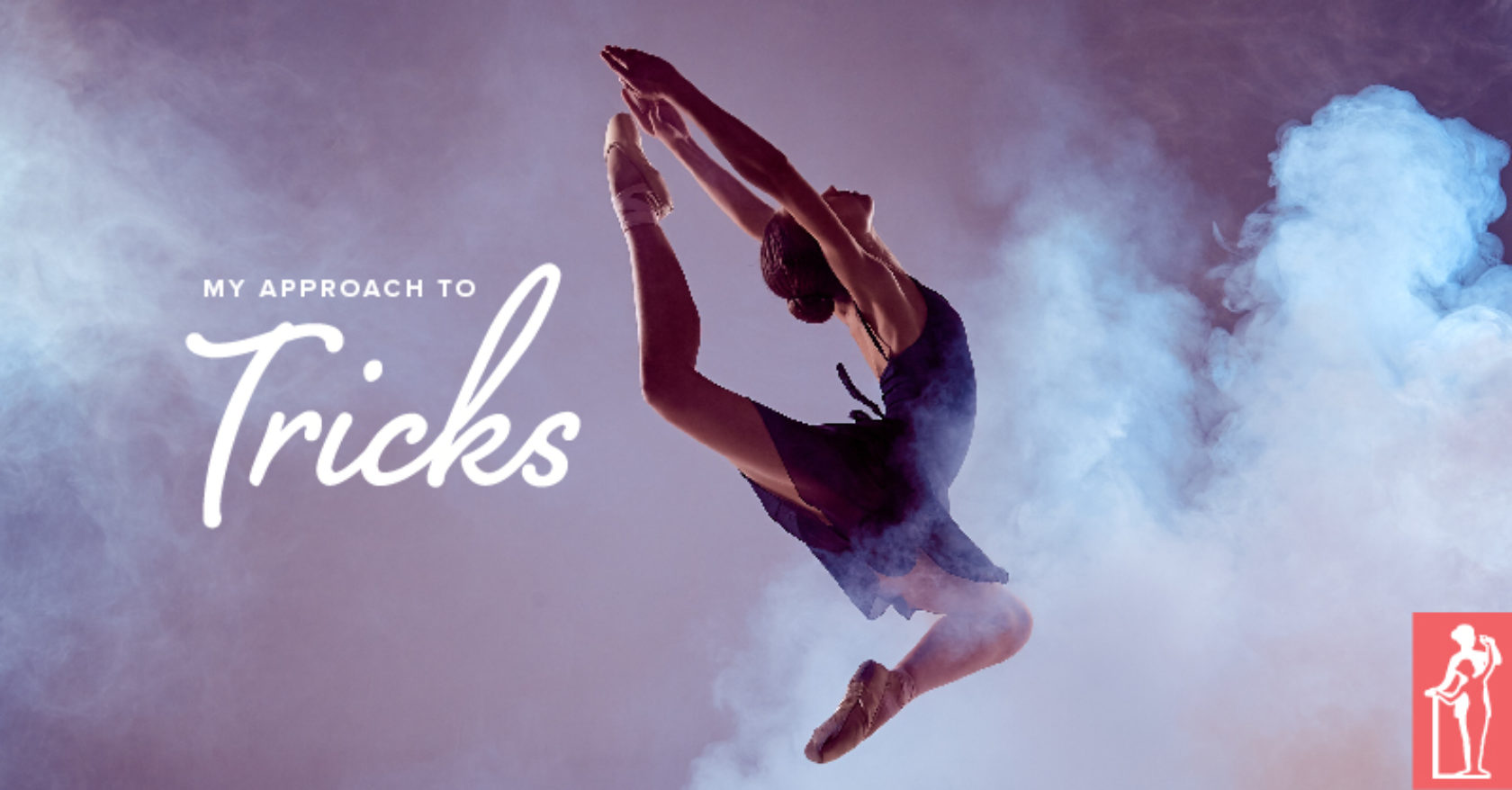The thirty-two fouettés. The manège of turns. The continuous entrechat six.
These are but a few of the spectacular feats dancers are always trying to attain. And once they reach their goal, the bar is pushed that much higher. Thirty-two becomes sixty-four, the manège is capped off with a fantastic series of hops on pointe, the entrechat six is paired with a la seconde pirouettes, and so forth.
Students these days have an overexposure to such tricks due to the brilliance of the internet. I am a fan of technology, and do not wish to make an argument against it; however, it is impossible to monitor what our students view. Because of this, and their lack of information (seeing as how they are still students), students are at risk of falling into that nauseating trap of drooling over, and envying, the cheap tricks. They are unable to differentiate between refined technique manifesting itself through magnificent dancing and flailing about masked in dizzying turns and what nots.
After all—Give ‘em the old razzle dazzle…Right?
Cue all the ballet teachers throwing their hands in the air and walking away in exasperation.
A Fight Worth Fighting
This can be a frustrating battle to take on, but we must take it on. Here are some methods I implement when it comes to approaching tricks in my classes:
- Start Them Early. No, not the tricks. The training. Help the students link their technique to the tricks they so adore watching the professionals whip out. When they grasp that a high, steady demi pointe is one of the fundamentals of a solid pirouette, and hence a building block of a good fouetté turn, they are that much further from becoming a “trickster”. It will also help them be more able to notice poorly executed pirouettes when they see them.
- Bite Size Pieces. Instead of teaching the full of manège of turns, teach the last third of the manège. Once that is established, back up and do two-thirds. Then do the entire circle. Then mix it up with more complicated turns.
- Only One At A Time. Throwing our students into a series of any complicated step will at best end in disaster and at worst teach them it’s ok to fling yourself into highly advanced dancing without knowing what in the world you are doing. One step at a time, please. Can you execute one brisé? Do you understand each individual ingredient that makes up that brisé? Explain it to me. Show it to me. Well done. Now let’s try for two. Only two. That is the only goal right now. You do one and then do another. And then finish.
- Give Them A Toolbox. An imaginary one. And fill it with all the tools you possibly can. Then ask them to discover new tools of their own and place those in the toolbox. These tools are techniques/methods/analogies/etc that aid in keeping the trick on its proper course. They also help troubleshoot when things go awry.
- Choose One Focus. They have their toolbox and probably a million tools living within. No one can think about all that stuff simultaneously. Encourage them to choose one to three focuses. You can choose for them, especially at the start when they are new to this concept. But our goal is to get them to be self learners. So eventually they need to choose on their own. Even if they choose something you would not, many times the act of focusing on something so intently can alter the entire outcome in very positive ways.
- Keep Perspective. It can be so easy to drown in frustration. To sink beneath the ocean of overwhelm. Our students are particularly apt to do this when they haven’t seen progress in a long time. Remind them where they have come from. Remind them that only two months ago they could not even do a little bounce in their pointe shoes and now they are doing four entire changements en pointe. Remind them that ballet has unreasonable expectations and we must be patient with ourselves on the journey to reach those expectations.
Our students need to know that their effort to achieve refinement is a defining factor in the outcome of their dancing. They need to firmly believe that the diligence required to reach such a high skill level reaps far more rewards than taking shortcuts. They need to be emboldened with a passion for an organized and methodical approach to these intricate steps.
Technique-rich dancing is what they need to desire. Anything less is cheap. Is cringeworthy. Is of no value to us and should be discarded. This is what they must learn. This is what we must teach them.
Related Articles


Comments
No comments for this post.
Add Comment